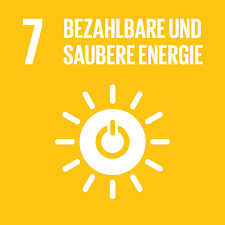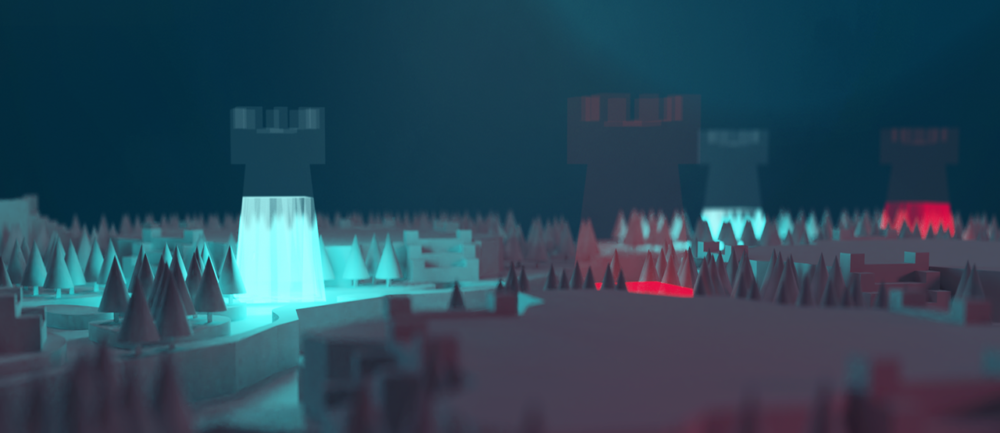RBZ Kiel “AR-illustrated posters: Renewable energies”
The teaching module was conducted at business highschool RBZ Wirtschaft Kiel, with students from the study line ´business informatics´, grade 11. 18 young people (5 females, 13 males) were enrolled in the module 26th Feb. – 13th March 2024, 30 hours in total. Lecturers: Patrick Wenzel, Informatics; Merianne Alkio, Physics
A student from university college Fachhochschule Kiel (faculty of Computer Science and Electrical Engineering) contributed with expertise on Augmented Reality (AR) and Virtual Reality (VR). The student followed the RBZ students´ presentations of their results, engaged in the discussions with the class and gave feedback from his more advanced perspective.
The module corresponds with the teaching module “With robotics on mission to Mars”, but it has its own focus and own learning products. In addition, this module was scaled to include inspiration from both the local ´education chain´ and from collaboration with a Danish business high school.
Teaching design
The learning objectives related to the subjects Informatics and Physics. The students would become able to:
– acquire insight on 4 relevant sources for renewable energies through literature research and own experiments
– create a conventional scientific poster
– create and apply Augmented Reality (AR) for exploring further contents on the energy posters
– identify and explain differences between AR und Virtual Reality (VR)
Content, activities
1) Introduction through brief presentations from the teachers
2) Own research on solar, wind, and water energy
3) Creation of scientific poster, based on literature research and own physical experiments related to the topics
4) The AR team generated QR codes of selected augmented aspects in each team
Learning products
– 4 posters, as data files and as an A0-printet hard copies
– 4 AR-illustrations and videos, accessible via QR-codes
– Presentations of VR and AR
Addionally, one of the students designed and created a 3D-printed fully working model of a water power plant.
Pedagogical methods and co-influence from the students
The students were devided into groups of 3 or 4 to strengthen their social skills and promote teamwork processes.
The students worked self-organized during the module, incl. determination on the task-sharing. Thus, they developed and realized their own idea of a 3D model of a water power plant; designed the posters themselves and chose aspects for the AR-illustrations; conducted their own research, and decided on the AR software.
The teachers supported the students´ learning and working processes with advise, supportive questions, feedback, and technological expertise.
Evaluations were undertaken jointly with feedback in plenum and from the work groups, while the teachers provided feedback to the students individually to the groups. An online survey delivered additional insight in the students´ learning processes.
The learning objectives have been met by all students. The teachers summarized that the students had improved their understanding of physics and acquired important skills in critical thinking, teamwork, and presentation.
Furthermore, according to the teachers, the students´ reflections on AR and VR had armed them to better understand the global development in relation to the “virtual continuum”. Thus, the students had become more capable to navigate in the sphere between an entirely physical world on the one hand, and a fully digital world on the other hand.
Learning product: AR-illustrated poster

A student explores a poster on solar energy. The experimental data are shown on the poster, wheras the experiment itself can be accessed as a video through AR.

The students were able to relate concretely to UN Sustainability Goal #7 “Affordable and clean energy” and concluded:
“The technology accelerates the achievement of sustainability.”
Digital production
The technologies chosen encompassed Adobe as AR-Software. This software supports more advanced processes than commonly known freeware and thus, gives insight into the technological processes behind augmentation. Furthermore, AR-elements created with Adobe, can be accessed via ordinary QR-codes and do not require download of a specific app.
For AR-access, the students used their own smartphones.
The methods applied included experiments and innovation. The students recognized stepwise improvement as a natural and necessary part of the working process, especially when creating the scientific posters an the 3D model of the water power plant. The creative and practical approach to working technically with renewable energy was combined with instructions and feedback from the lecturers.
The students reflected retrospectively on AR as a technology that offers a dynamic way to deepen the user´s understanding of complex topics. They were able to distinguish clearly between different digital technologies for the given purpose.
(Screendump from codes of augmentation coming up)
Digital literacy
Through the use of technology and creativity, complex scientific questions can be explored and experienced in a practical and interactive way. The teachers underlined the necessity of making scientific results and ethical questions understandable and accessible to non-scientific users.
The students´ critical thinking was triggered when experiencing how emerging technologies can contribute to learning processes and convey complex content in an exciting and tangible way. Among other things, they learned that AR or VR cannot replace the in-depth engagement with many aspects of energy topics through reading and extensive information gathering.
The students not only communicated and learned within their teams, in sense of communities of practice. They also communicated and learned groupwise across the teams: the technology team learned from the energy teams about sustainable energy forms, the energy teams learned from each other about the various types of energy, and from the technology team about AR/VR.
Environment
The students were fully aware of the necessity for rethinking energy consumption on global level. One of them emphasized the UN SDG goal #13 and expressed his own potential actionability: “We have looked at solutions for the climate change.”
The module was designed to actively support the students´ career learning. The students were given the opportunity for a personal dialogue with the student from the university college. They asked questions about the use of AR in education at the university college level and in industry, and inquired about career prospects in the fields of renewable energy and media technology.
As a consequence, the studens came up with concrete positions as possible career options for themselves, auch as “Energieberaterin“, “Solarzellen Ingenieur“, and “Solarinstallateur“.
The practice-based collaboration in a part of the local education chain benefited both educational institutes. Teachers and students from RBZ Wirtschaft Kiel gained technological knowhow about AR and VR, and experienced teaching as practiced at the university college level. Conversely, the university college had the chance to transfer new methods to potential future students at their college and provide insights into career perspectives in the fields of renewable energies and media technology.
The teachers included inspiration to the use of AR from the cross-national collaboration with the Danish business highschool Svendborg. Here, AR-elements are applied to brochures, posters, presentations, or walls, as an extra layer for access to videos, illustrations of complex technical processes, personal testimonials, or simply additional pictures and information.
Cross-national inspiration

Example of a Danish student´s learning product, with AR-illustrations of sports activities in a presentation of a fitness company.
Business highschool Svendborg (HHX, 2022)



MYRE DK-DE has received financial support from PKP | Interreg Deutschland – Danmark.
In addition to the 35% co-financing, the three project partners have contributed significant own resources and engaged a wide range of network partners.




